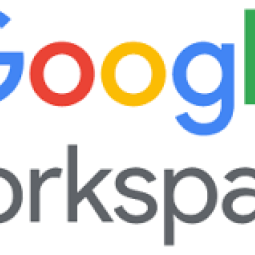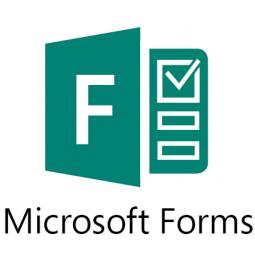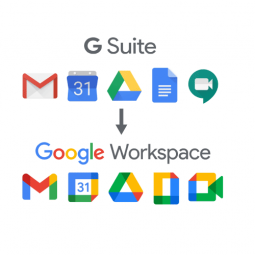This guide will help you choose the right computer, focusing on machines that run MS Windows.
Computer specification terms
You’ll need to understand a few terms when choosing the right computer.
- Processor: Think of this as the computer's brain. More demanding tasks like data analysis or graphic design require a faster processor. The central processing unit (CPU) interprets and executes most of the commands from the computer’s hardware and software. More demanding tasks like data analysis or graphic design require a faster processor.
- RAM: Imagine RAM as your computer's short-term memory. Random access memory (RAM) is where a computer stores programs, applications or data that are being used. More RAM allows the computer to run multiple programs smoothly.
- Storage (Hard drive): This is where all your files, photos, and documents are stored. Non-profits that handle large amounts of data or media files may require a bigger storage capacity. The hard disk drive is the main data storage device for a computer. It stores the operating system, software and files and is commonly labelled the C drive. It’s always recommended to purchase devices with a solid-state drive (SSD).
- Operating System: This is the software that controls the computer, like Windows or macOS. Some software programs may be specific to an operating system; it is important to check if your preferred software works on the chosen operating system.
Minimum specifications
Previously, Intel's primary processors were categorized as Core i3, i5, i7, and i9, with Core i3 being the least powerful and Core i9 being the most. This information might be helpful when considering refurbished devices.
However, Intel is currently transitioning to a new processor tier system:
- Intel Processor: These are Intel's entry-level CPUs, offering essential performance at an affordable price. Ideal for everyday tasks and basic office applications.
- Intel Core Processor: These processors are designed for laptops and desktops and focus on enhanced responsiveness, connectivity, and graphics. They are suitable for users who require efficient multitasking and use graphic-intensive applications.
- Intel Core Ultra Processor: These processors offer AI-powered experiences, immersive graphics, and an optimal balance between battery life and performance. Ideal for high-demand tasks and advanced software.
If you need something more powerful, choose an more powerful processor with at least 16GB and a solid state drive.
Our Recommendation
In general Infoxchange recommends that you buy new rather than refurbished computers, because then they will last longer and labour is often the most expensive component of your technology environment. The exceptions may be if you are in a terminal server environment or if the computers are only rarely used or solely for public access.
You should plan to replace desktops every three to five years and laptops every three to four years. Include software (e.g. Microsoft Office and antivirus) and the labour to install in the overall cost.
Not-for-profit discounts for new and refurbished hardware with Connecting Up
Connecting Up offers new hardware from Acer and Lenovo and refurbished hardware all through Reboot IT to member NFP organisations.
Whether you opt for new or refurbished hardware will most commonly depend on the following considerations:
- Your budget
- The age of the hardware you are replacing in relation to your current requirements
- For design work, units with discrete graphic cards/GPUs
- The physical characteristics of the device (such as if it will be used in a dusty or humid environment).
Find out more by chatting with a Connecting Up consultant.





Status message
Thanks for rating this guide.